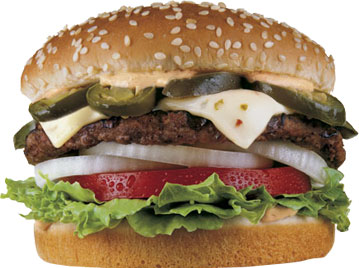Stuff has drawn attention to a report that shows a lab-grown meat patty costs $26 to make and is not yet a more sustainable option than meat from animals.
The report was published by Te Puna Whakaaronui, an agricultural think tank that is part of the Ministry for Primary Industries’ Fit For A Better World initiative.
Te Puna Whakaaronui is New Zealand’s first food and fibre sector think tank.
It was established as a key action under the Fit for a Better World Acceleration Roadmap, fulfilling the Primary Sector Council’s recommendations for pan-sector thought leadership.
Its aim is to support New Zealand’s food and fibre sector transformation over the next ten years by helping to lead, co-ordinate and implement transformation
“… through partnering with Māori and sector participants to provide thought leadership, strategic insights and advice”.
The think tank says it has a voice independent of the Ministry for Primary Industries and its view does not represent Government policy.
The full WELL_NZ: Alternative Protein 2022 report is available HERE and the summary report is HERE.
The report says alt-proteins, particularly the emerging technologies of lab-based meat and milk, are becoming a more visible part of the global food system narrative.
Furthermore, increasing supply chain and climate change pressures continue to raise the profile of alternatives as solutions for domestic production and food security.
But uncertainty and mixed messages about the current state of the industry abound, and there is no consensus about the risk or opportunity for New Zealand’s traditional food production system.
The New Zealand perspective is therefore unclear: to what extent do alt-proteins represent an opportunity to be seized, or a risk to be mitigated?
The report brings together existing, publicly available, information: academic literature, media coverage and industry reports, to provide a description of the current landscape of alt-protein activity.
Alternative Protein 2022 tests theoretical ‘shocks’ on global beef and dairy trade using existing academic and industry illustrative (rather than predictive) scenarios.
The report then explores what would need to happen for these scenarios to occur.
The researchers’ view on the plausibility of alt-proteins to be produced at scale and disrupt the conventional market forms the final section.
We acknowledge that this publication will quickly become out of date because the alt-protein landscape is moving rapidly. Alt-Protein 2022 represents a point in time. However, the direction of travel, and the emerging trends offer valuable insights.
The report presents key findings on lab-based meat or cultured meat, contending there is no guarantee that cultured meat production will develop to full commercial scale at a cost comparable to conventionally farmed meat.
However, there has been sufficient progress to indicate that constraints can plausibly be overcome.
Key findings on lab-based dairy or precision fermentation include the observation that precision fermentation is likely to develop a significant market presence much sooner than cultured meat.
Genetic modification is a tool but not essential for enabling precision fermentation of some complex proteins.
Either precision fermentation, or cultured meat, or both, could fail at the last hurdle, the report says.
Or they could take significantly longer to achieve reasonable market share.
Export prices for dairy and meat are currently strong, and demand from China is stable, which makes change seem counterintuitive. However, high prices for conventional meat and dairy, climate change and domestic food security around the globe will incentivise the development of alternatives in the short term.
But longer-term dynamics must be considered: what happens when the tide goes out on the current commodity cycle?
How soon can we, as a country, respond to disruption if cellular agriculture continues its current trajectory?
What investments must we make now, while the tide is high, to ensure our economic resilience in the face of potential disruption?
New Zealand is not the driving force behind the global development of alternative proteins, and we cannot stop the rest of the world from developing them. If current trends continue New Zealand could be significantly impacted by the absence of a clear and cohesive strategy.
We must be clear about our value proposition, economic resilience and the actions needed now to maintain them regardless of the challenges. However, we must also determine whether, and how, we can create competitive advantage with modern food technologies.
The cost of producing a cultured meat hamburger patty reduced from over $1 million in 2013, to about $26 last year, the report said.
In its report today, Stuff quotes Te Puna Whakaaronui director Jarred Mair as saying that when the alternative protein technology matured, products would have a lower carbon footprint than natural meat, and the price would continue to fall.
Commercial facilities that brought the price down would already operate from next year in some countries, he said.
Different meats could be commercialised at different speeds, depending on cell structure and technology.
Chicken would progress the fastest, with a 110g chicken breast already costing US$1.70 to grow, he said.
Sources: Stuff and Te Puna Whakaaronui












